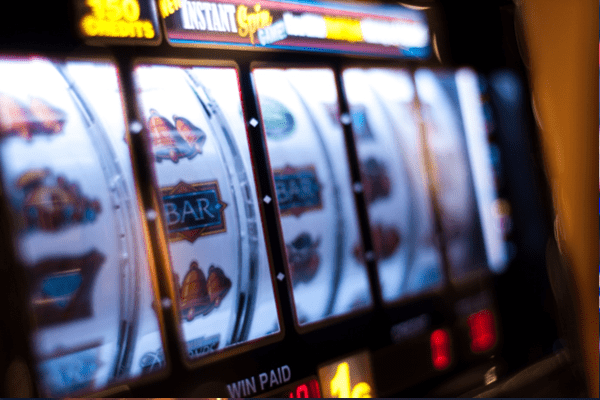Slot games, often called Slots, are among the most popular forms of gaming, both online and in land-based casinos.
Understanding how Slots work can improve your gameplay by making you aware of the mechanics behind the reels and symbols you see spinning into play. Although the outcomes are purely based on chance, familiarising yourself with the Random Number Generator (RNG) and basic gameplay mechanics can help you better appreciate the nature of these games.
With this being said, we have created a small guide to help you understand the mechanics behind your favourite games, so you know how they’re spinning into action the next time you play Slots online.
The basic structure
Most slot games follow a simple format of reels and paylines. Reels are the vertical sections that spin when you press the play button, and paylines are the lines that determine if you’ve landed a matching combination of symbols.
Standard Slots typically have three or five reels, but modern versions can have up to seven or more. The goal of any slot game is to land a combination of matching symbols on the paylines.
Reels, rows, and symbols
Each reel has multiple symbols, varying depending on the game’s theme. Some common symbols include fruit, numbers, letters, and various themed images depending on the slot. Many slot games also include special symbols such as wilds and scatters. Wilds can substitute for other symbols to help form a matching combination, while scatters may trigger bonus rounds or free spins.
Random Number Generators (RNG)
One of the critical components in slot games is the Random Number Generator (RNG). The RNG is an algorithm that ensures the outcome of each spin is entirely random. Regardless of how long you’ve been playing or whether you’ve landed a winning combination in the past, the result of each spin is generated independently.
RNGs work by continuously cycling through millions of number sequences every second. When you press the spin button, the RNG locks onto a specific number, determining the spin’s outcome.
The RNG guarantees fairness, ensuring no external factors or previous outcomes influence future results.
Paylines and volatility
Paylines play an essential role in how slot games payout. The number of paylines varies between games. Classic Slots may have a single payline, while more modern games can feature multiple paylines—sometimes up to hundreds. The more paylines available, the more opportunities you have to land a matching combination.
Volatility is another factor to consider when playing Slots. Games with high volatility tend to pay out more significant amounts, but less frequently, while low-volatility games offer smaller payouts more often, yet both are never guaranteed. Depending on your preferences, you might choose a game with a volatility level that suits your gaming style.
Special features: Wilds and scatters
Many Slots include unique features that add an extra layer to the game. Wild symbols can replace any other symbol, except for scatters, to help complete a matching line. They are a valuable asset when playing Slots, boosting your chances of landing a matching combination.
Scatter symbols are another key feature. Landing a certain number of scatter symbols often triggers bonus rounds or free spins. These symbols typically don’t have to land on specific paylines to be effective and can appear anywhere on the reels.
Return to Player (RTP)
When choosing a slot game, you might want to consider the Return to Player (RTP) percentage. This figure represents the proportion of all wagered coins a slot game is expected to return to players over time. For example, if a slot has an RTP of 96%, the game will theoretically return 96 coins for every 100 coins wagered. Remember that this is calculated over many spins, so individual results vary greatly. Plus, no matter the RTP rate, a win is never guaranteed.

